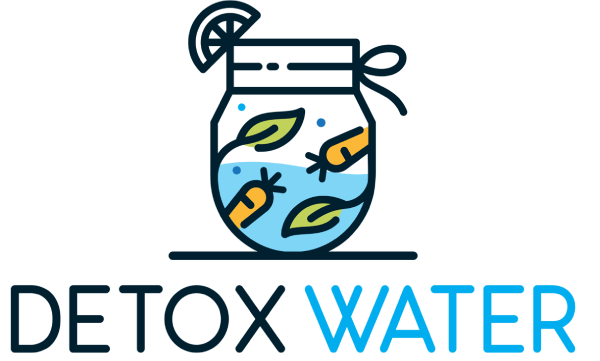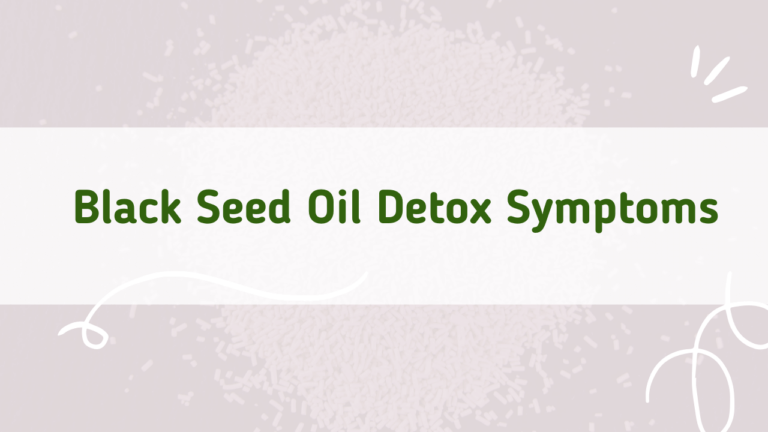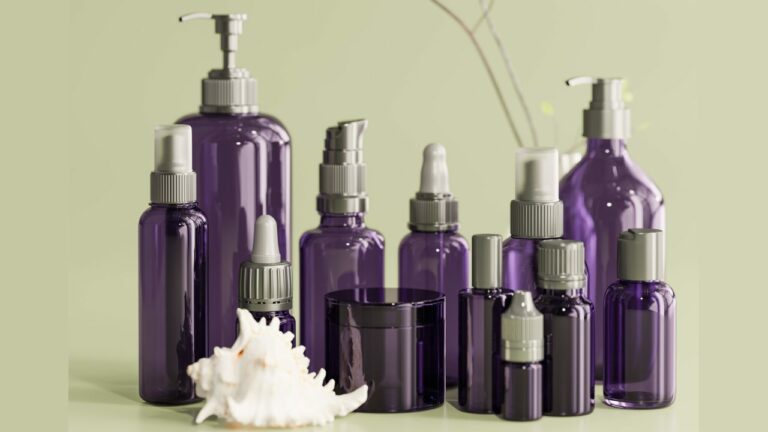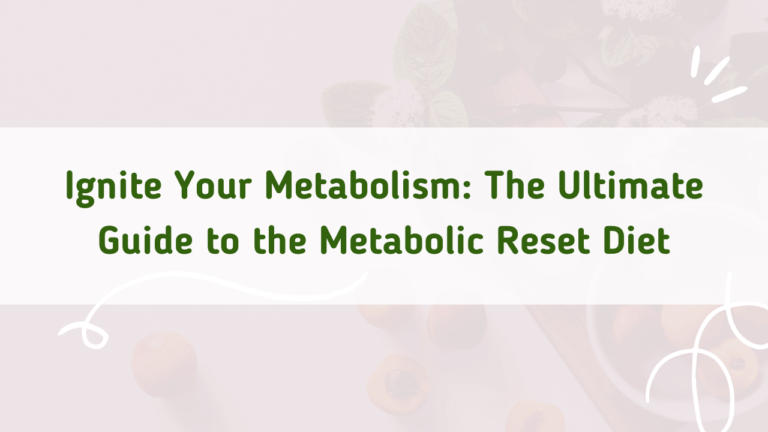Scalp Detoxification Secrets: Your Path to Stronger, Healthier Hair
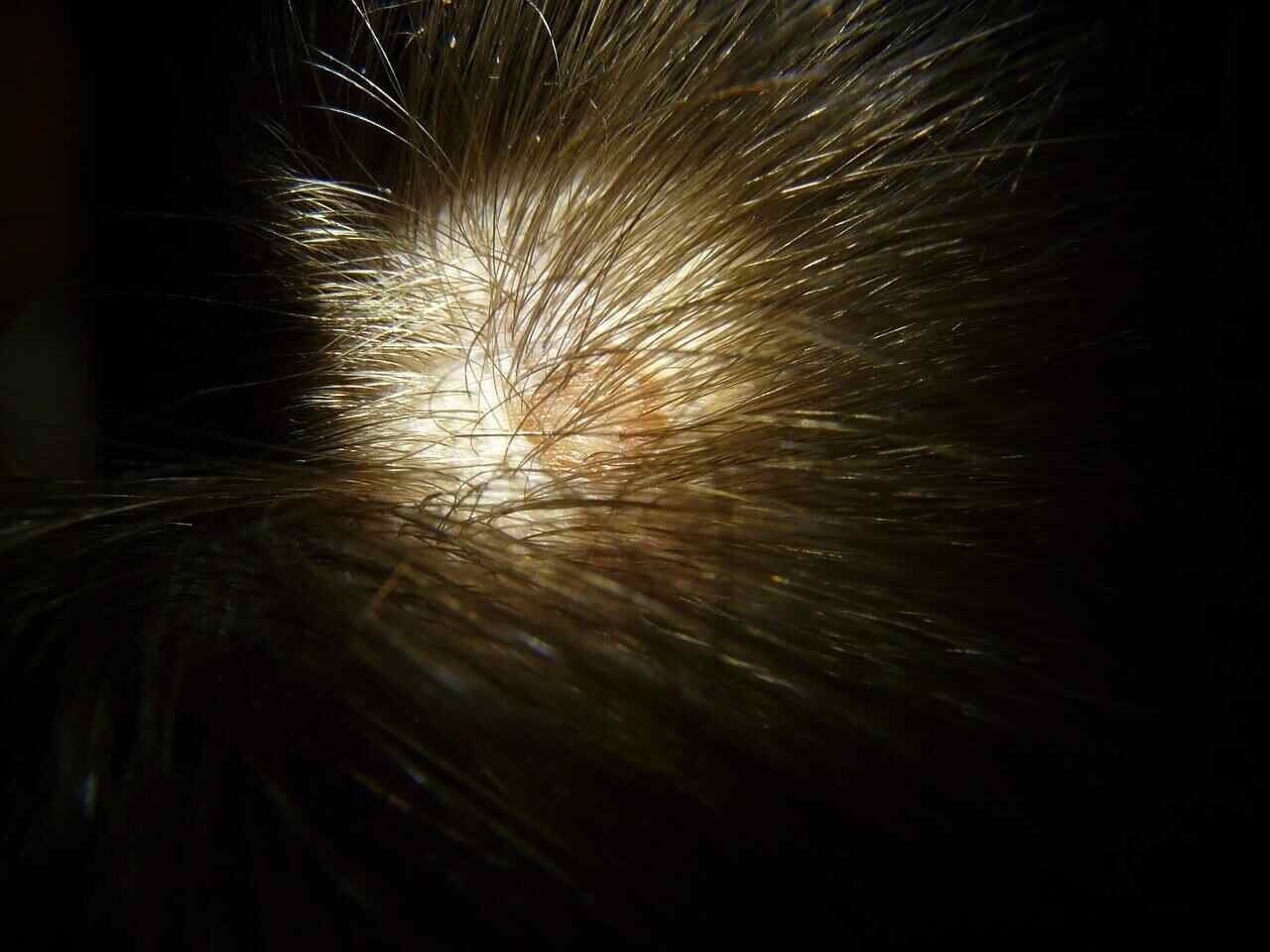
In the beauty world, detoxifying has become a hot topic, encompassing everything from diet to skincare and hair care. A scalp detox is a deep cleansing process designed to eliminate product buildup, excess oil, and dead skin cells to create a healthy environment for hair growth. It provides a comprehensive rejuvenation of your scalp, aiming to boost the health of both your scalp and hair.
Contents
- 1 The importance of scalp health for hair health
- 2 The scalp detox treatment process
- 3 The Role of Dead Skin Cells and Product Buildup in a Flaky Scalp
- 4 How Excess Oils and Hair Products Can Lead to Scalp Conditions Like Seborrheic Dermatitis
- 5 Signs You Need a Scalp Detox
- 6 How a Scalp Detox Works
- 7 DIY Scalp Detox Treatment
- 8 Step-by-step process
The importance of scalp health for hair health
Our hair’s health is closely linked to the condition of our scalp. A clean, well-nourished hair and scalp provide the ideal environment for hair follicles to thrive, leading to stronger, healthier hair. When extra sebum, product buildup, and dead cells of skin cells stockpile, they can clog hair follicles, leading to various scalp conditions, hair loss, damaged hair, and ultimately – the loss of our natural hair.
The scalp detox treatment process
To remove product ads, the scalp detox procedure begins with deep cleaning with a clarifying or exfoliating salicylic acid shampoo. Following this, a detoxifying clay mask (typically a combination of natural components such as apple cider vinegar, aloe vera, peppermint oil, and essential oils) is used to draw out pollutants. Gently exfoliate to remove dead skin cells and encourage healthy skin regeneration. Knowing Your Scalp and Hair Follicles
The skin on our scalp is an extension of the skin on our bodies, yet it serves the unique function of housing hair follicles. Sebaceous glands on the scalp create oil, or sebum, which naturally conditions the scalp and hair. Excess oil production, however, can result in problems such as seborrheic dermatitis and a breakable scalp.
Hair follicles are the factories that produce each strand of hair on our heads. Each follicle has its blood supply embedded inside the scalp’s epidermis, which provides the nutrients required for hair. Excess sebum or dead skin cells can plug a follicle, weakening the hair shaft and slowing growth.
Several causes can disturb scalp and hair health, resulting in scalp irritation, hair damage, and even hair loss. One crucial issue is product advertising for a common type of hair product that may contain harsh chemicals that can eventually form a layer of residue that suffocates follicles.
The Role of Dead Skin Cells and Product Buildup in a Flaky Scalp
First, let’s consider the small, unseen universe in our heads. Like the rest of our skin, our scalp constantly undergoes a natural regeneration process. Old cells die and shed off, creating fresh, new cells.
Now, under normal circumstances, these dead skin cells are invisible to the naked eye. Still, when the shedding is accelerated, we witness a phenomenon called dandruff or a breakable scalp.
However, dead skin cells are not the only troublemakers. The “product buildup” is another offender. Here’s the thing: the various hair products we use, including gels, sprays, and even some shampoos with sodium laureth sulfate, can leave behind residue. Over time, this residue accumulates on the scalp, forming a stubborn layer that might not be easily removed with regular washing.
This buildup can clog hair follicles, inhibit hair growth, and create a welcoming environment for yeast – a prime cause of dandruff.
How Excess Oils and Hair Products Can Lead to Scalp Conditions Like Seborrheic Dermatitis
Now, let’s talk about the role of oils. Our scalp naturally produces sebum, which nourishes and protects our hair. But, like many things in life, too much of a good thing can backfire. Excessive oil production can create a greasy, warm, and moist environment – an ideal breeding ground for Malassezia yeast. The overgrowth of this yeast can lead to an inflammatory response, causing a condition called dermatitis, characterized by a red, itchy, and breakable scalp.
Excess use of hair products can exacerbate this condition. Hair products can trap oil against the scalp and increase buildup, leading to an imbalance in the scalp’s natural ecosystem, triggering irritation and exacerbating conditions like dermatitis.
Signs You Need a Scalp Detox
The first step towards healthier hair is recognizing the need for a scalp detox. Here are a few tell-tale signs:
- Persistent itchiness: If you’re constantly scratching your head despite regular washing, it could be a sign of excess oil or product buildup.
- Dull, lifeless hair: The health of our hair mirrors our scalp’s health. It may be time for a scalp detox if your hair lacks luster.
- Excessive dandruff: Seeing a snowfall on your shoulders even outside in the winter? This could indicate the need for a scalp detox.
- Hair loss: While it’s normal to shed a few strands daily, if your hairbrush looks like a furry creature, it could be a sign of clogged hair follicles due to buildup.
By understanding these signals, you can take action early and perform a scalp detox to restore the balance of your scalp’s ecosystem and remove buildup without leaving your hair type dry, leading to healthier, happier, and more delicate hair.
How a Scalp Detox Works
Scalp detoxification is a sophisticated process aimed at not just the surface but at the microscopic level where the real health of the scalp begins. Imagine a bustling city, with each building symbolizing a hair follicle. Over time, these buildings get shrouded with dust and grime. In such a state, the city can’t thrive or function optimally.
Similarly, when your scalp is suffocated by dead cells of skin and product advertisement, it restricts hair growth and causes various hair health issues.
The deep cleansing process of a scalp detox is like deploying a specialized cleaning crew to the scalp city. Utilizing exfoliating scrubs and clarifying shampoos, the process diligently scrubs away dead skin cells, extra sebum, and residues from products that settle on the scalp over time.
Think of it as a targeted spring cleaning with anti-inflammatory and moisturizing properties, focusing on the often-neglected scalp, leaving it refreshed, clean, and primed for optimal function.
How Scalp Detoxes Promote Blood Flow and Unclog Hair Follicles
Every city thrives on efficient transportation – the same principle applies to your scalp. A scalp detox encourages better blood flow, akin to opening traffic lanes in our scalp city analogy. Enhanced circulation ensures a steady supply of nutrients to the hair follicles, which is essential for their health and function.
Further, scalp detox treatments, particularly those that include a stimulating scalp massage, work to unclog the hair follicles. When these ‘buildings’ are blockage-free, they can work efficiently, leading to better hair growth.
Role of Scalp Detox in Promoting Healthy Hair Growth
A detoxified scalp provides the perfect foundation for healthy hair. By eliminating the excess oils, dead cells of the skin, and product advertisement, scalp detox allows your hair follicles to breathe freely. Moreover, it offers them a clean, nurturing environment to produce hair that is stronger, shinier, and healthier.
More importantly, a regular scalp detox can prevent hair loss caused by clogged follicles and irritation. When the scalp is clean and healthy, the hair follicles are less likely to shrink and stop producing new hair.
Therefore, a scalp detox is not just about cleaning; it’s an essential routine that actively contributes to vibrant, resilient hair. So, think of a scalp detox as a healing spa getaway for your scalp – it’s not just a luxury but fundamental for your hair’s overall health.
DIY Scalp Detox Treatment
Necessary items: Scalp Scrub, Cleansing Shampoo, Natural Ingredients
Regarding a DIY scalp detox, some things can make the process way more accessible and more effective, and beneficial for your scalp’s health. First, a clarifying shampoo is a must-have, as this type of shampoo is specifically designed to cleanse deep oils that may be excessive, product buildup, and dead skin cells from the scalp.
A good scalp scrub also plays a vital role in detox treatment. Scrubbing helps to exfoliate your scalp, removing the dead skin and freeing the pores on your scalp. This activity helps to stimulate the hair follicles and promote healthy hair.
As for the natural ingredients, aloe vera, coconut oil, tea tree oil, and apple cider vinegar are three power-packed substances that can do miracles for your scalp health.
Step-by-step process
Prepping the Scalp: Start by rinsing your hair with warm water, which opens up the pores and prepares to detox your scalp. Next, use a clarifying shampoo to wash your hair, focusing primarily on the scalp. This shampooing step will effectively remove product buildup and any extra oil.
Applying the Detox Mixture: Next, prepare a mixture using two tablespoons of apple cider vinegar, a few drops of tea tree oil, two tablespoons of aloe vera gel, and a half cup of bentonite clay. Apply this detox mixture evenly across your scalp, massaging it gently using your fingertips.
Use of Shower Cap to Seal in the Mixture: Cover your hair with a shower cap once the mixture is evenly spread. This helps to trap heat and allows the variety to penetrate deeper into the scalp.
Gentle Removal Process with a Mild Cleanser: Leave the mixture for 15-20 minutes, then rinse it off using lukewarm water. Finally, wash your hair with a soft cleanser to remove all residue. This gentle removal ensures you will keep your scalp clean without being stripped of its natural oils.
Tips for Sensitive Skin Types
For those with sensitive skin or a scalp condition, performing a patch test before using any new product or ingredient is always a good idea. Place a small amount of the detox mixture on your forearm and wait about 24 hours to see if any allergic reaction occurs. Additionally, if you experience discomfort during the detox process, rinse off the mixture immediately and consult a dermatologist if necessary.
Using a milder clarifying shampoo or reducing the amount of apple cider vinegar in the mixture can also help to prevent any potential irritation. Lastly, always remember to detox your scalp with moisturizer for post-treatment, as detoxing can sometimes leave the scalp dry, and this way, you can promote healing.

Zeynep is a Dietitian and holds B.S. in Nutrition and Dietetics. She has a wide range of experience with patients, particularly in alternative medicine, oncology nutrition, hospital dietitian, neurological disease, and bariatric field.
